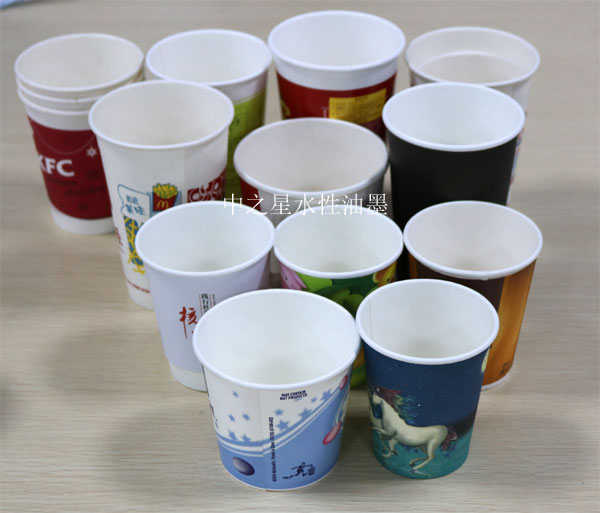Environmental protection water-based ink use precautions
Date: Sep 05 2023 From: Star Color Views:
The so-called water-based ink is mainly based on water as a solvent by scientific processing, water-based ink compared with other printing inks, because it does not contain volatile toxic organic solvents, so in the printing process on the printing press operator's health no adverse effects, no pollution to the atmospheric environment, no pollution to the print itself.
For example, the fineness of the ink will not only have a certain impact on the coloring force, hue and other properties of the ink, but also affect the flow of the ink.Ink particles are too thick, it is easy to cause the dot edge hair, paste plate and other problems;However, if the ink particles are too fine, the fluidity of the ink is too large, which can cause dot diffusion and have a certain impact on the printed product.Therefore, more attention should be paid to the use of water-based ink.
Due to the fact that ink is based on pure water, do not mix ink with solvent based ink or add organic solvents to the ink to avoid printing quality issues.
Ink should be stored in ventilated and cool room, with a room temperature of around 5-50%.
When using, the stirring rod should be stirred evenly in an ink bucket, its viscosity should be measured, and then poured into the equipment.If the viscosity is too high or too low, diluent or thickener can be used to adjust.
Due to the volatilization of water during the printing process, the viscosity of the ink will increase and the PH value will decrease. The PH value should be controlled between 8.5-9.5. If it exceeds this range, the PH stabilizer can be adjusted to maintain the stability of the viscosity and PH value.
Under normal circumstances, ink is very suitable for high-speed printing, low-speed printing if the drying speed is too fast or the printing effect is not good, you can add a certain proportion of slow drying agent.
After printing, the remaining ink should be collected back into the corresponding original bucket and tightly covered with a lid for future use.Avoid conjunctiva, thickening or even drying on the surface of ink due to volatilization of water.
The ink remaining on the printing equipment after printing can be washed with water before it is completely dried, and the ink that cannot be washed with clean water can be cleaned with a cleaning agent.

 RU
RU
 EN
EN
 CN
CN

